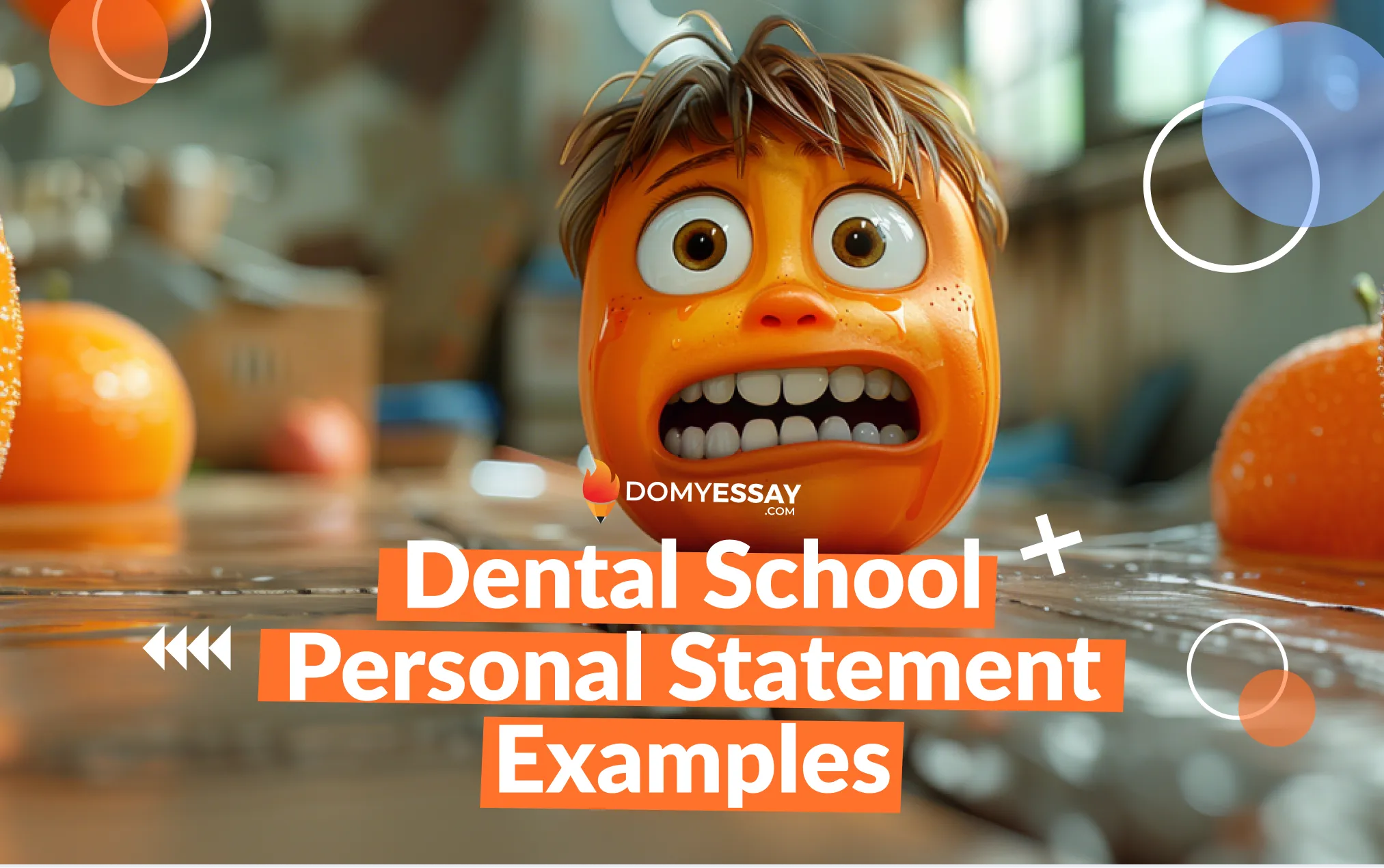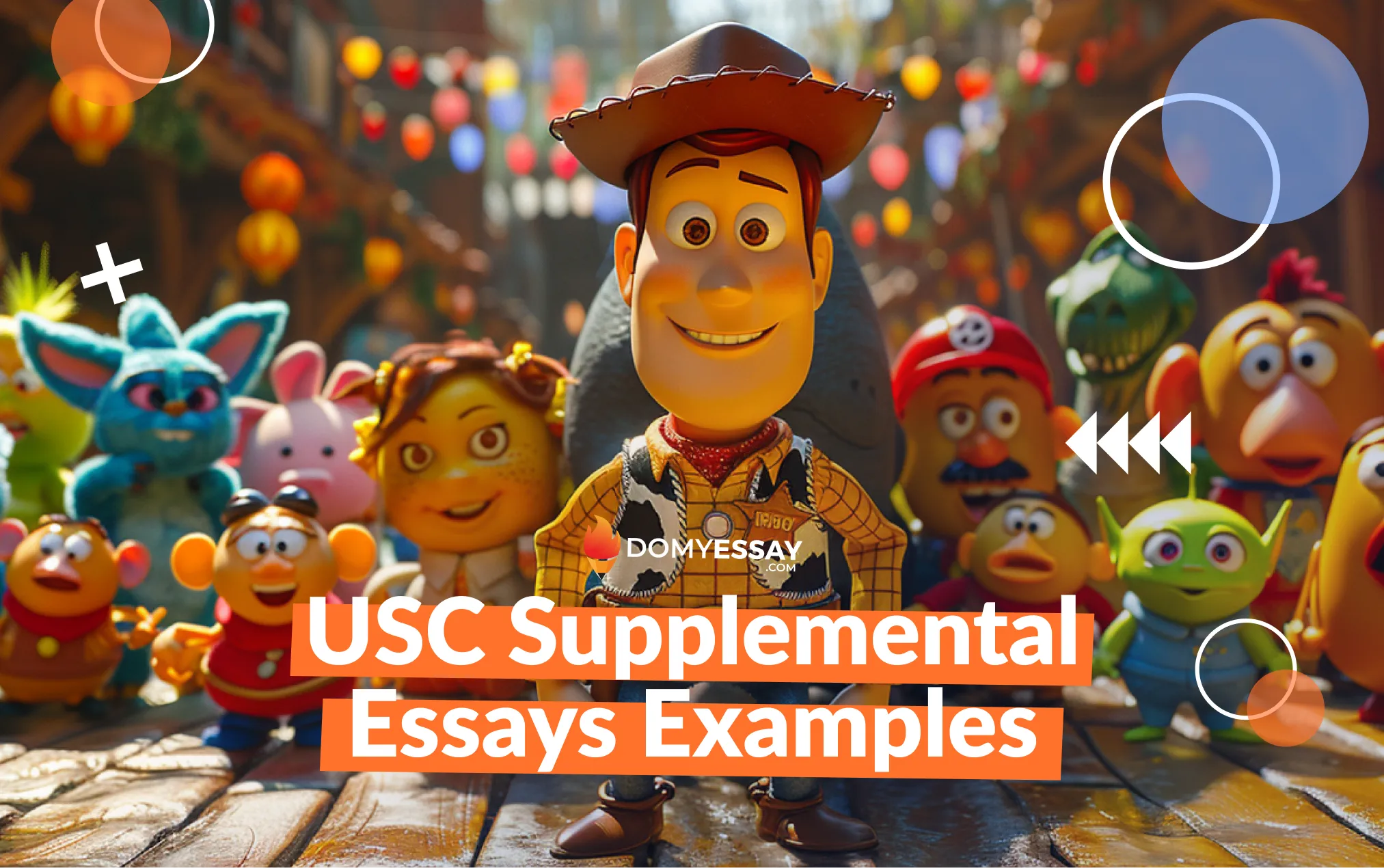Don’t know how to choose a major? Can’t figure out which career to pursue once you graduate? Or keep setting goals in your studies and failing to meet them?
Conducting a SWOT analysis can help you devise an effective action plan for nailing a job interview, assess your academic skills, and more. But even if you’re not facing a major decision now, knowing how to ace SWOT analysis will come in handy for some assignments involving it.
Can’t make heads or tails of a SWOT matrix yet? Trust us: there’s nothing overly complicated about it. Keep reading to learn how to create it and find a relevant SWOT analysis example among samples from DoMyEssay’s experts.
SWOT Analysis: Your Mini-Crash Course
SWOT analysis is a decision-making method originally created for strategic planning and business management. This method requires you to analyze internal and external factors that can either help you achieve a specific goal or stand in your way.
The first version of SWOT analysis (without the acronym) made its appearance in a 1965 textbook called “Business Policy: Text and Cases”. Today, SWOT analysis is a popular tool for making personal and professional decisions, too.
SWOT is an acronym for the four key components of the assessment:
- Strengths: Internal factors (i.e., things you can control) that can help you achieve the goal
- Weaknesses: Internal factors that may hinder your progress
- Opportunities: External factors (i.e., things you can’t control) that can help you achieve your goal
- Threats: External factors that can make achieving the goal more difficult
The result of the SWOT analysis is typically presented in a 2x2 matrix, dubbed the SWOT matrix:
Below you’ll find a detailed guide on creating a SWOT matrix. Our experts also prepared some personal SWOT analysis examples for college students, along with a handy template.
Can’t settle for a less-than-perfect SWOT analysis?
Our experts can help you polish it off or even write one from scratch based on your input.
Why Bother with SWOT Analysis?
You’ll probably stumble upon SWOT analysis once you get tasked with writing one for an assignment. And while knowing how to nail it is important for getting a good grade for that paper, SWOT analysis can be a handy tool in your personal decision-making toolkit.
Beyond completing assignments, you can use SWOT analysis to:
- Determine which major or minor is more suitable for you
- Identify areas of improvement for personal development
- Prepare for job interviews (you will inevitably get asked about your strengths and weaknesses!)
- Devise an action plan for achieving academic and career goals
- Assess a business idea and prepare a sales pitch for it
Having all the favorable and unfavorable factors laid out in a 2x2 matrix gives you a comprehensive, easy-to-grasp lay of the land. That said, how useful the SWOT analysis will be depends on how accurate and specific you are in your matrix.
How to Create an Effective SWOT Matrix
Creating a SWOT matrix is quite simple on the surface. First, however, you should determine what you’ll be using it for. Only then can you start filling out the matrix step by step:
- List your strengths:
- What are you good at?
- What advantages do you have over your peers?
- What have you been praised for by your instructors, peers, or family?
- What achievements are you proud of?
- Come clean about weaknesses:
- What habits stand in the way of your progress?
- Where do you fall behind your peers?
- What should you improve to achieve your goals?
- What skills do you lack?
- Identify opportunities:
- What career, academic, or other resources does your school offer?
- What resources are available in your community?
- What are the latest trends in your area of study or professional field?
- What internship and mentorship opportunities are available?
- Consider threats:
- What external challenges do you have to navigate?
- How much competition are you facing in your studies or career?
- In which areas are your competitors ahead of you?
- What resources do you lack?
6 Terrific Personal SWOT Analysis Examples for Students
Now, as promised, let’s dive into our SWOT analysis examples for students. And what better way to start than with a SWOT matrix focused on a student’s academic performance?
Let’s paint the picture: you’re a law student, your GPA is below the ideal, and you need to improve your grades, pronto. Here’s an example of a SWOT matrix you can compose to develop your action plan:
Goal: Bring the GPA to 3.5 or above by the end of the next term.
Key takeaway: This student can improve their grades by devising a reward system to combat procrastination, preventing distractions with an impulse blocker, and joining a constitutional law study group.
Personal SWOT Analysis Examples for Decision-Making
SWOT analysis doesn’t have to revolve around your academic or professional life. It can also help you make personal decisions, improve your skills, and understand yourself better in general.
So, let’s imagine you’re doing a bit of self-reflecting to figure out which hobby you should pursue next.
Goal: Find a hobby I’ll enjoy.
Key takeaway: Free painting seminars can be the ideal choice for this person to try a new hobby. It won’t cost anything, it’ll be a logical step after sketching, and it’ll be an opportunity to discover it with a friend. Plus, external guidance will help avoid frustration.
Business Case Study SWOT Analysis
Of course, SWOT analysis will always be handy where business management is involved. You can use it to evaluate your own business idea or, more likely, analyze a company for a case study assignment using this method.
Goal: Review Google’s business strategy and suggest three priorities for the next year.
Key takeaway: The company’s three priorities should be to diversify its revenue sources with cloud and AI products, improve its conversational AI capabilities, and mitigate legal and regulatory risks.
University Project SWOT Analysis
Whether you want to turn your campus for the better or simply want to gain leadership and teamwork experience, you might be preparing a university project. But before you invest tons of time and effort into one, make sure to analyze it with a SWOT matrix.
Here’s an example of one for a university project that involves setting up a community garden on campus.
Goal: Promote a sustainable lifestyle and community building with a shared garden on the campus grounds.
Key takeaway: The team can leverage the university’s support and reach out to local environmental groups to get help. However, for the project to work, always having someone to tend the garden is essential.
Academic Skill Assessment SWOT Analysis
Sometimes, SWOT analysis can be a useful method to simply get the lay of the land, so to speak. For example, you can use it to assess your employability or academic skills.
So, let’s say you’re a freshman and you’re feeling a bit overwhelmed by the end of the first term. Here’s how SWOT analysis can help you understand better what you excel at as a student and what still needs some effort to improve on your part.
Goal: Evaluate my academic skills to improve performance in the future.
Key takeaway: Public speaking, time management, and macroeconomics are the key areas of improvement to focus on. On-campus workshops can help with public speaking, while academic help platforms will be useful for juggling a lot of assignments.
Job Interview Prep SWOT Analysis
You shouldn’t go into a job interview unprepared, and a SWOT analysis is a great tool for deciding how to present yourself in the best light possible during it.
Imagine you’re preparing for a job interview for an entry-level digital marketing position. Here’s what your SWOT matrix might look like:
Goal: Present myself as a capable candidate during the job interview.
Key takeaway: It’s best to emphasize personal experience with digital marketing and AI tools, as well as the ability to work both autonomously and in a team. Lack of hands-on professional experience with certain tools can be compensated for by the ability to learn quickly.
General SWOT Analysis Template
Need a template you can use and reuse for any SWOT analysis in your life? We prepared a versatile one that will guide you through the process:
Goal: _________
(What is the purpose of your SWOT analysis? What decision or goal are you doing it for?)
Key takeaways
List the main conclusions or insights you can draw from the SWOT matrix:
- _________
- _________
- _________
Next steps
What should you do next to achieve your goal or make a decision?
- _________
- _________
- _________
How to Write an Effective & Accurate SWOT Analysis
Depending on the purpose of your SWOT analysis, you might run into different challenges. Personal SWOT analysis means you have to be honest with yourself about your weaknesses, for example. Other types of SWOT analysis might require you to do a lot of research.
Here are the three tips for overcoming those and other challenges:
- Be specific and concise. Every point on your list has to be specific and backed by data or examples, if possible. Try not to go over five to seven points in each list, either, to avoid getting overwhelmed and losing track of what matters.
- Stick to measurable facts. Instead of writing down there’s “a lot of demand” for your business idea, back it up with stats (e.g., “85% of people from my target audience report using this product”).
- Keep it organized. It’ll be easier to keep track of all your points if you visualize them. Use bullet or numbered lists and take a bit of time to create a 2x2 table.
3 Common SWOT Analysis Traps to Beware
We often see students fall into one of these pitfalls:
- Confusing internal and external factors. Internal factors are within your control, external factors are not; you can only react to them. Mixing up the two might lead you to take favorable conditions for granted or overlook obstacles.
- Making lists too long or too vague. Every list should contain only the most crucial points, and making them too vague might cause you to draw wrong conclusions.
- Skipping the conclusion part. Without it, the SWOT matrix is just a bunch of lists. Taking time to write down takeaways and next steps is crucial to deriving actual insights from the matrix.
Note: Are you creating a SWOT matrix that’ll have to be shown to someone else later on? Make sure it’s well-organized, grammatically correct, and has all the right punctuation marks in the right places!
Need your SWOT analysis to actually hit the mark?
Our pros can refine what you’ve got or craft a new one tailored to your goals.
In Closing
You might be tempted to dismiss SWOT analysis as something used only in business, but it can be a simple yet powerful decision-making tool for your personal and professional life. It provides a clear and concise overview of what you could improve, where you should double down, and how your environment can both help you reach your goal or hinder your progress.
So, go ahead and use our SWOT analysis examples and templates to create your own matrix. Remember to be specific and concise, stick to objective and measurable facts, and write down your findings!
Need a hand with your SWOT analysis? Our SWOT analysis assignment help experts can polish off your draft or create one from scratch. All you need to do is fill out a simple order form!




